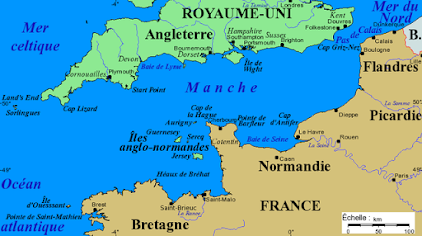Geographical Wonders of France: Le Pont d'Arc

In French, the word pont means bridge. This natural wonder is aptly named Le Pont d’Arc because it looks like a bridge. It is located in southern France, where the Ardèche river eroded the stone over thousands of years to create this hollow archway. Le Pont d’Arc is a French Heritage site. The arch is also the gateway to one of the most beautiful natural sites in France, Les Gorges de l’ Ardèche (the Ardèche canyon) – a very popular spot for canoeing and kayaking. My daughter Celine negotiated part of the gorge with her Dad and a group of friends some years ago. This is her account: “It took us 6 hours. The first part was exciting with rapids and gorges soaring above us. The scenery was stunning! The river actually took us through a nudist camp and in typical French style, they were using the river to swim and the beach to sunbathe. It was quite a revelation, as I was only 12 at the time! The second part of the journey represented more of a challenge. By then we were tired,




